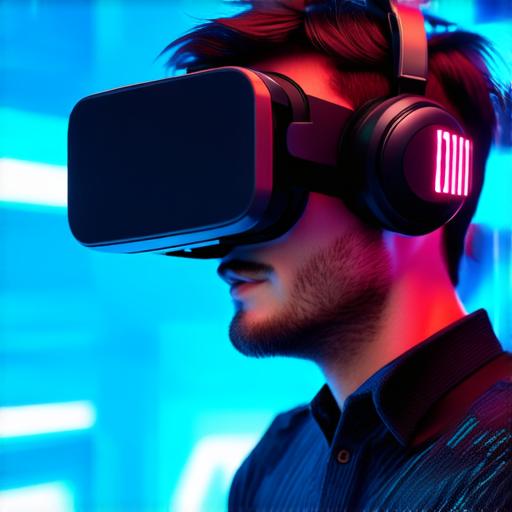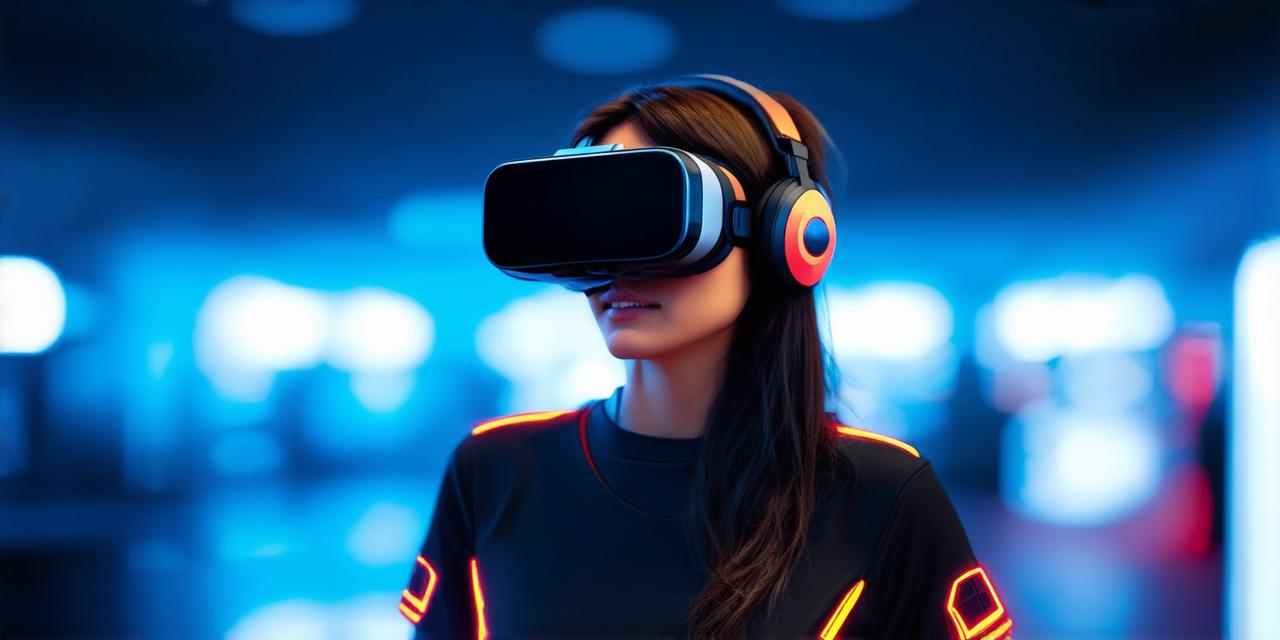Who Are the Users of VR Technology?
Virtual reality technology is used by a diverse range of people from different backgrounds, industries, and age groups. Here are some examples of VR users:
- Gaming Enthusiasts: Gamers have been one of the early adopters of VR technology. They use VR headsets to immerse themselves in video games and experience them in a whole new way. With VR, gamers can move around in virtual worlds, interact with characters, and feel like they are part of the game.
- Architects and Interior Designers: Virtual reality is being used by architects and interior designers to visualize their projects in 3D. They use VR technology to create immersive walkthroughs of their designs, test different layouts, and make changes on the fly. This helps them save time and money by reducing the need for physical prototypes.
- Medical Professionals: Virtual reality is being used in healthcare to train medical professionals, simulate surgeries, and treat phobias. For example, surgeons can use VR technology to practice complex procedures and improve their skills without risking patients’ lives. Patients with phobias can also use VR therapy to confront their fears in a controlled environment.
- Educators: Virtual reality is being used in education to create immersive learning experiences. Students can use VR technology to explore historical events, learn about science and nature, and even practice language skills in virtual environments. This helps make learning more engaging and effective.
- Tourists: Virtual reality is being used by tourists to experience destinations without actually visiting them. For example, travelers can use VR technology to take a virtual tour of museums, art galleries, and historical sites from the comfort of their own homes. This helps reduce the environmental impact of tourism and makes it more accessible for everyone.

What Do Users Use VR Technology For?
Virtual reality technology is used for a variety of purposes, including:
- Entertainment: Virtual reality provides an immersive entertainment experience that can be customized to suit individual preferences. Gamers can use VR technology to play games in virtual environments, while moviegoers can use it to watch movies in 3D.
- Education and Training: Virtual reality is being used in education and training to create immersive learning experiences. Students can use VR technology to learn about science and nature, while professionals can use it to train for complex procedures.
- Therapy: Virtual reality is being used in therapy to treat phobias, anxiety disorders, and post-traumatic stress disorder (PTSD). Patients can use VR technology to confront their fears in a controlled environment, which helps them overcome their anxieties.
- Design and Planning: Virtual reality is being used by architects, interior designers, and urban planners to visualize their projects in 3D. This helps them make changes on the fly and save time and money by reducing the need for physical prototypes.
- Tourism: Virtual reality is being used by tourists to explore destinations without actually visiting them. This helps reduce the environmental impact of tourism and makes it easier to experience new cultures and sights.
Benefits and Potential Limitations of VR Technology
Virtual reality technology has several benefits, including:
- Reduced Environmental Impact: Virtual reality technology can help reduce the environmental impact of industries like tourism by reducing the need for physical prototypes and making it easier to explore destinations from a distance.
- Cost-Effective: Virtual reality technology can be cost-effective in the long run, as it reduces the need for physical prototypes and makes it easier to train professionals in a controlled environment.
- Improved Mental Health: Virtual reality therapy has been shown to be effective in treating phobias, anxiety disorders, and PTSD by providing a safe environment for patients to confront their fears and overcome their anxieties.
- Enhanced Learning: Virtual reality technology can make learning more engaging and effective by allowing students to explore new environments and interact with virtual objects in a way that simulates real-world experiences.
- Increased Accessibility: Virtual reality technology can make it easier for people with disabilities or those who live far away from destinations to experience new cultures, sights, and activities.
Despite its many benefits, virtual reality technology also has potential limitations, such as:
1. High Cost: VR hardware and software can be expensive, which may limit its accessibility to some people and organizations.
2. Motion Sickness: Some people may experience motion sickness when using VR technology, which could limit its effectiveness for certain applications.
3. Technical Limitations: Virtual reality technology is still in its early stages of development, and there may be technical limitations that hinder its full potential.
4. Privacy Concerns: The use of VR technology raises privacy concerns, as users may need to share personal information or wear devices that track their movements.
5. Addiction: Some people may become addicted to using VR technology, which could have negative effects on their mental health and wellbeing.
Conclusion
Virtual reality technology is being used by a diverse range of people for various applications, from entertainment and education to therapy and tourism. It has several benefits, including reduced environmental impact, cost-effectiveness, and improved mental health. However, it also has potential limitations, such as high cost, motion sickness, technical limitations, privacy concerns, and addiction. As virtual reality technology continues to evolve, it is important to consider both its benefits and potential limitations and ensure that it is used in a responsible and ethical manner.
